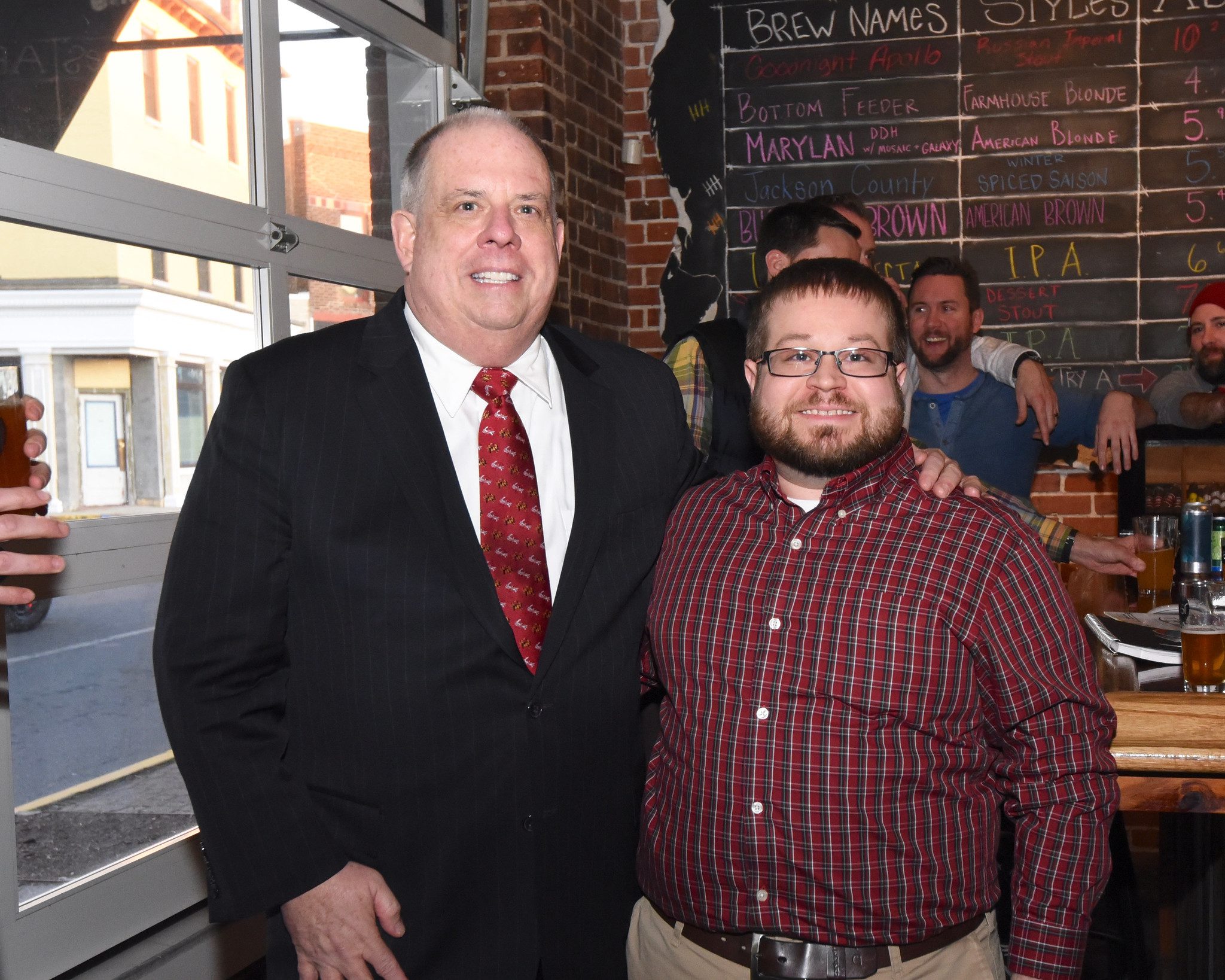Manufacturing Main Streets

Before industrialization and zoning first combined them in huge, mass producing concerns and then exiled them to the outskirts of city life, manufacturing often took place in the very shops where the goods were sold. This tradition of artisans making and selling in one place is today maintained the most by jewellers and tailors, with maybe a few cobblers and some woodworking businesses. More recently, brewpubs have joined them.
But a broader return to this tradition could be just the thing for cities suffering from disinvestment and high retail vacancies.
Manufacturing in this country has been a hot-button political issue since before I was born. Every state and most cities have, at one time or another, offered tax breaks, new infrastructure spending, direct subsidies, and a host of support and workforce development programs to convince some conglomerate or multinational to open or relocate a factory. The results have been an abysmal failure: Most companies don’t make decisions about where to build based on tax incentives, and those that do are likely to move on as soon as the incentives run out.
But maybe they were just focusing on the wrong kinds of businesses.
The U.S. government’s definition of “small businesses” varies by industry, but most manufacturing small businesses are those with fewer than 1,250 employees, while the majority of organizations like the American Small Manufacturers Coalition are made up of businesses with at least a few hundred employees—it makes sense, by the time you have the time and the money to join a trade association, that your company has probably reached a certain level.
But manufacturing businesses come in all shapes and sizes, from sole proprietorships to multinationals employing tens of thousands of people around the world. And it’s the smallest ones that are beginning to attract the attention of organizations like the Congress for the New Urbanism and Smart Growth America, as well as the nonprofit Recast City.
While the internet has helped retailers like Amazon grow massively and at the same time left downtowns vacant and malls shuttered, it has also been a boon to very small manufacturers. Internet platforms like Etsy, Kickstarter, and Indiegogo, as well as social media, have created ways for the smallest manufacturers, often individuals working on projects in their free time out of love, to not only sell and market their work, but raise the capital to start full-time businesses. The proliferation of 3D printers has also been aided by the internet, with open-source designs being shared around the world.
As Smart Growth America put it in their report “Made in Place,” “This new face of manufacturing allows many more people to produce and sell their own goods: costs of production are lower, tools are more accessible, space needs are smaller, production runs can be small and on-demand, and sales can start overnight.”
But these businesses face obstacles in the form of zoning codes that restrict them to industrial zones, where spaces are often too large and expensive. Such locations also prevent the business from making in-person retail sales, even where that isn’t outright prohibited by the zoning code. According to the Smart Growth America report, a manufacturer in a storefront space can attract foot-traffic (and sales) simply from the products being made.
In the coming post-COVID economy, cities will likely need to do anything they can to revive their business districts. Passing a zoning ordinance or overlay that will allow small manufacturers to locate in storefronts is potentially risk free and high reward.
Encouraging small manufacturing as part of a city’s economic development strategy could have other important benefits, from creating more local jobs where money stays in the community to helping diversify regional economies and thereby make them more resilient to changing national and global conditions. For example, during the pandemic, several small manufacturing businesses in Massachusetts were able to switch from their normal product runs to making facemasks and shields for healthcare workers and the general public.
Bringing new businesses downtown after the pandemic passes will also help stabilize other downtown sectors, especially restaurants, and may help encourage landlords to rent office space to office-based businesses. All too frequently, retail storefront spaces are taken up by real estate and dental offices that generate little to no foot traffic and keep the windows opaque, helping to deaden the street.
The microbrewery revolution has been enormously successful and offers small manufacturers a path to follow. Many microbrewers started out home brewing for themselves and their friends before expanding into a full brewery. Some of them remain small, producing small batches for which fans wait in line for hours—the Alchemist Brewery in Vermont, or Treehouse in central Massachusetts are examples of that model. Some start brewpubs and some have grown into major national brands, like Sam Adams or Sierra Nevada. The small investment an economic development agency might make to help a microbrewery start, even one that never employs more than 20 people at once, is still arguably doing better than the millions that might be spent to attract an Anheuser-Busch InBev facility.
And perhaps while we’re making our cities better and more resilient places with small manufacturers, they can remind us that the everyday objects in our lives can be beautiful and well-made, instead of cheap and plastic-y—just like we’ve discovered that our beer doesn’t have to be, as the old joke goes, “like making love in a canoe.”
Matthew Robare lives in Boston. This New Urbanism series is supported by the Richard H. Driehaus Foundation. Follow New Urbs on Twitter for a feed dedicated to TAC’s coverage of cities, urbanism, and place.
Comments